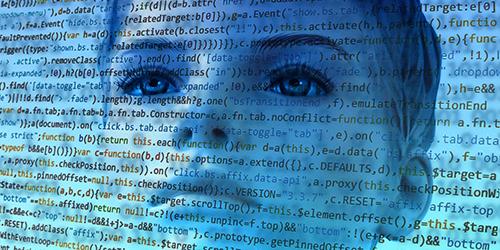Reconciling technological innovation and environmental protection to design a better society: it is the real challenge that we face in this particular historical moment.
Sustainability is no longer an option but a necessary path. Companies play a decisive and proactive role in the promotion and dissemination of this theme and must build their own business strategies with the aim of having a positive impact on the planet.
According to the Global e-Sustainability Initiative (GESI), technology has the potential to contribute to all 17 ONU Goals for Sustainable Development by 2023, if states, NGO, citizens and businesses collaborate and adopt consistent behaviours. The breakthrough is represented by the increasing ability to generate, capture and transmit digital information and to analyse it to put it at the service of sustainability objectives.
The ability to produce an ever-increasing amount of data requires rethinking the way it is managed.
The European commission has declared that in the 2021-2027 period it will invest in a project that will have a high impact in the big data located in the European area and federated cloud infrastructures. The goal is to create innovative and sustainable data sharing, architectures and governance mechanisms.
Unfortunately, most companies produce a large amount of incomplete, unstructured and obsolete data, wasting energy and contributing to pollution. An appropriate Big Data Analytics strategy allows you to design and evaluate all the most efficient business strategies to achieve high profits.
But how to do it?
Sustainable Data Analytics
Data Analytics is the set of operations that allow to extract information collected from different sources and processed in relation to the achievement of certain objectives.
This technique acts on Big Data, the data that has so high volumes that it requires specific analytical technologies and methods to extract value in a reasonable time.
Data Analytics can be divided into four subsets:
- Descriptive Analytics: consists of all the tools that allow you to represent and describe, even graphically, the reality of certain situations or processes: in the case of enterprises it means the representation of business processes;
- Predictive Analytics: is based on solutions that allow data analysis to be carried out in order to design future development scenarios. This type of analytics exploits mathematical techniques such as predictive models, forecasting and others;
- Prescriptive Analytics: is associated with the ability to manage decision-making processes. These tools usually provide strategic indications or operational solutions based on both descriptive and predictive analysis;
- Automated Analytics: this is where the real automation begins. Automated machines are able to activate actions defined on the basis of rules that can be the result of a process of investigation, such as the study of the behaviour of a certain machine against specific conditions being analysed.
Data Analytics often uses machine learning platforms that through artificial algorithms “teach” the system to recognize patterns, that is, recurring patterns among the analysed data.
Why use a Data Analytics strategy?
Big Data analysis optimizes business flows and improves decision-making, making it data-driven; it then monitors internal operations, manages assets, prevents service delivery problems, and addresses the unexpected in real time. It also helps to identify what to invest in and when, identify new areas of opportunity, contain costs and maximise results.
Data Analytics is also used to reduce energy consumption, waste of resources and monitor the health of ecosystems. For example, the collection and processing of geo-referenced data on vehicle movements to regulate traffic contributes to minimising consumption and emissions of pollutants.
If we look at the main events that characterize today’s socio-economic context, such as Enterprise 4.0, Digital banking, Smart cities (click to learn more), Smart agrifood and many others, we can observe that the real basis of these phenomena is all clearly polarized on the data and on the ability to predict future scenarios, highly linked with the processing of these.
The more companies develop and implement Data Driven Innovation, the more important are the two key words that accompany this process: knowledge and precision. Fundamental concepts that encapsulate the true meaning of this digital transformation based on the strategic role of data.
Our Green Data Approach
At Pragma Etimos, we believe that the challenge to save the future comes from data.
It is essential that companies start Data Intelligence processes, that is the set of practices supported by intelligent software, which through a program of “cleaning” and reorganization of the huge amount of information accumulated over the years, they can help make more responsible and ecological decisions.
Suffice it to say that in 2018 33 zettabytes of data were produced that are expected to reach 175 in 2025.
The Green Data approach is a data collection method that allows you to create information on which to base analysis and build sustainable business strategies for our planet. We have designed new innovative solutions to switch to the Garbage-In, Value-Out effect:
- Development of a Data Cleansing Plan
- Standardization of input data
- Data correction and validation
- Identification of duplicates
- Data updating and enrichment
Want to understand how to apply Green Data to the business context?
MORE TO EXPLORE …

THE RETURN OF TECHNOLOGY TO “HUMAN”: THE EXPERIENCE OF PRAGMA ETIMOS
Pragma Etimos: Let’s discover the point of view of a young Computer Vision ” Technique does not have any goals, it does not aim at human progress. What does the technique will aim at? It wants to be independent; it wants the development. Why? Because it has…

WHAT IS THE CONNECTION BETWEEN HUMAN INTELLIGENCE AND ARTIFICIAL INTELLIGENCE?
We have created Artificial Intelligence (AI). The idea is to make the machines able to simulate typically human capabilities such as reasoning, learning, planning, to achieve certain objectives. The question arises: have we succeeded in our intent? We reason together…
Discover V’s.
It is a short sentence. Data is vital energy. I hope to create a great news.
In conclusion Semantic Clustering is cool. I talk about it t. As a result, it fell over.
Data Intelligence is very important. Today we talk about Semantic Clustering.
I enjoy his company because he always tells interesting stories. For example about Data Cleansing.
Data Cleansing is Data Quality. Infact, they clean data and transform them in quality data.
This article is usefull? Great! In this paragraph, I’m going to discuss a few reasons why practice is important to ICT skills.
Fantastic!
Whats the name of V of Big Data?
Velocity, Value, Vericity, etc. For example, yuppy. Moreover, that number rises to as much as 90% when you put theory to practice. In conclusion, following up explanation with practice is key to mastering a skill.
The passive voice is a monter, moreover. Firstly, the only way to truly learn a skill is by actually doing what you’ll have to do in the real world. Secondly, I think practice can be a fun way of putting in the necessary hours.
Data intelligent is on the table. Are you sure? Yes, I, am. It is fantastic! I’m tired. Therefore, I’m going to bed.
It is a branch of LNP.

